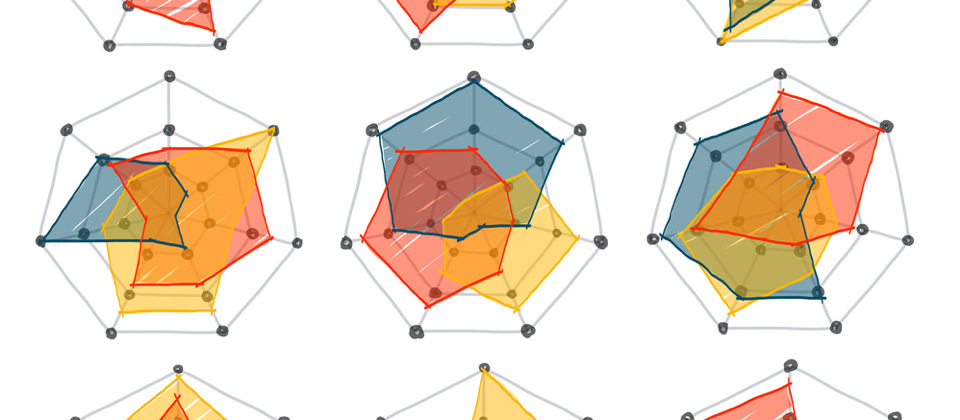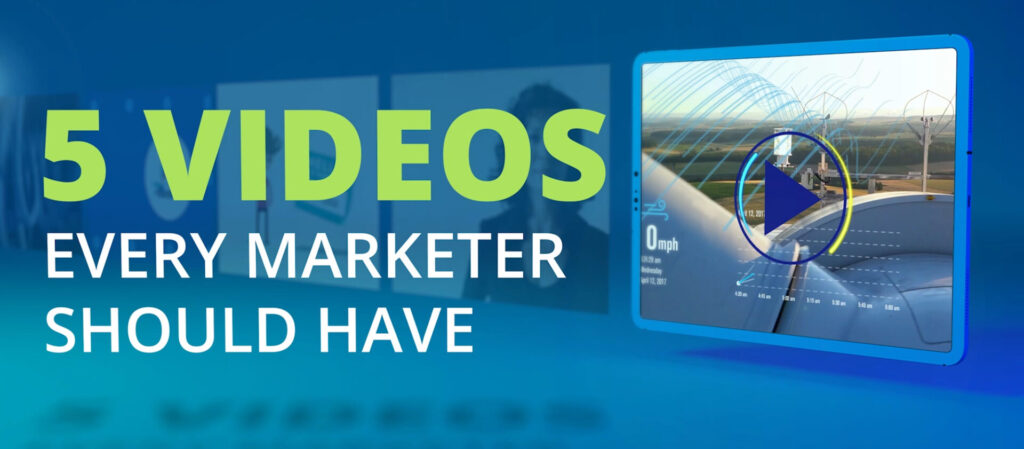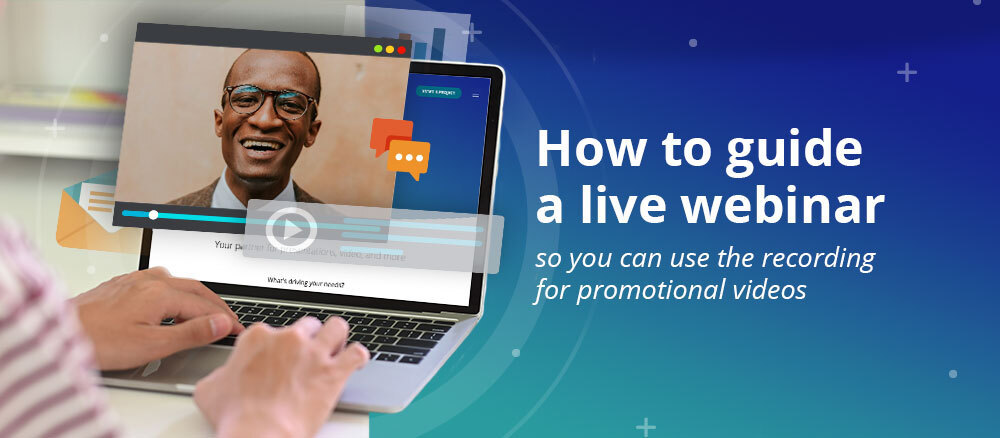
Traditional marketing writing follows a familiar story arc. It starts with a problem that identifies a need. Then it builds on that foundation to promote a product or solution, often concluding with the reason why a business is the right choice. Whether you’re producing a video, presentation, or infographic, chances are you’re following this outline:
- Industry Situation
- Specific Business Needs
- Technology that Helps
- Solution is Introduced
- Why it’s Unique
- Benefits: How it Meets the Needs
- Why Buy it from Company XYZ
- Call-to-Action
Does this format work? Sure, it’s a well-established easy outline. But does it work for every situation? Not necessarily. Let’s focus on marketing videos as an example since they’re a popular marketing asset for different stages of the sales cycle.
The full outline is most successful for longer 2 to 3-minute explainer videos, which are often used later in the sales cycle. But when creating short 30-second teaser videos, it should be adapted by shifting how much emphasis, if any at all, is placed on the different segments.
To explain, let’s consider each segment as a leg in a spider diagram. The emphasis you place on one over another shapes the body of your story, which represents the amount of time your audience is willing to invest. If they know nothing of your solution, that time will be short, but if they know a little and are interested, they’ll spend a bit more time.
Here’s a quick breakdown and keep in mind every video should have a clear call-to-action:
Awareness videos will focus on introducing the solution, emphasize why it’s unique, and touch-upon the most essential benefits.
Visionary videos, which are anywhere from 1 to 1-1/2 minutes, will add in a little industry context to validate the solution, and also include a statement about why this company is the best choice.
Explainer videos take advantage of the full outline, spending more time to establish the industry situation, and providing more information about the solution and benefits.

As each leg of the story reaches out or retracts, it pulls the main body of your message along, adjusting the timing for the right stage of the sales cycle. This tactic can also be applied to other marketing assets, and the emphasis can be tweaked to meet your story’s needs.




